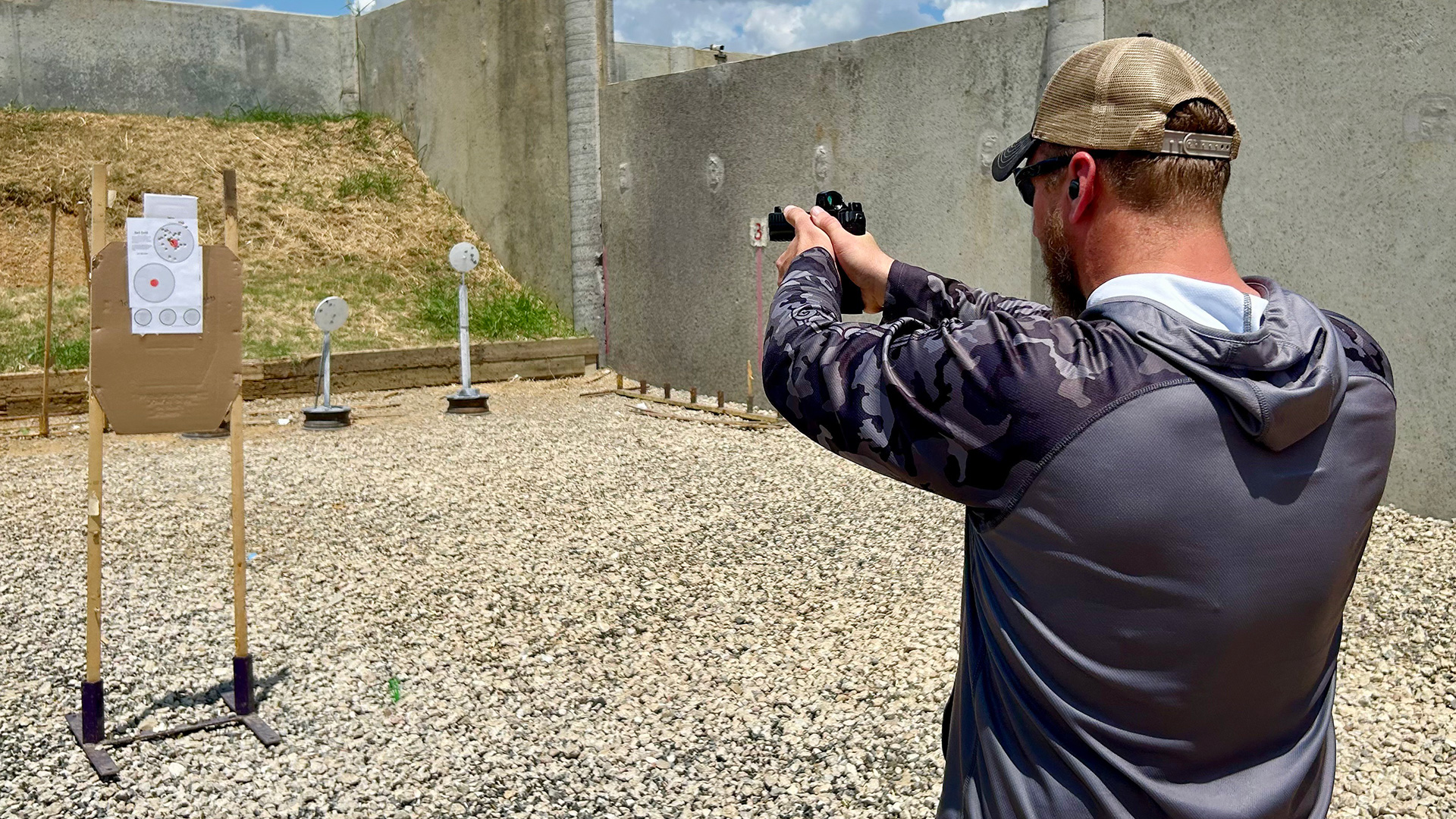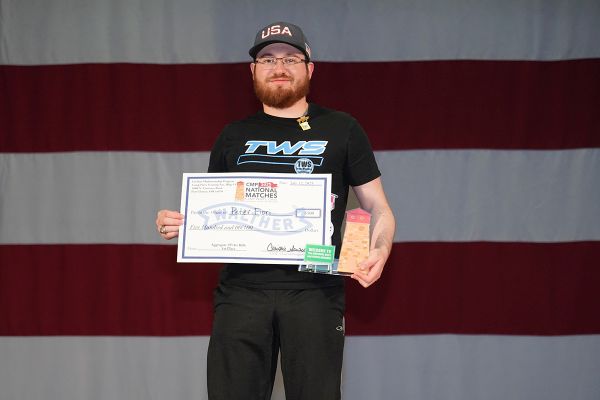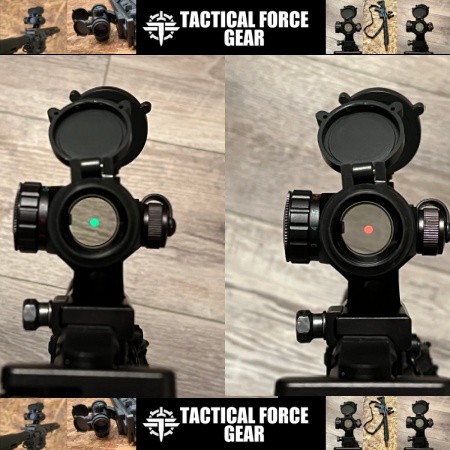If you’ve spent enough time around gun ranges, you’ve seen the guy who shows up at the range with no plan. I’ve even been that guy in my youth. He dumps a couple boxes of ammo into random targets, maybe tries a few long shots, empties a magazine at five yards and then leaves. He burned through good ammo and range time and probably had fun focusing on what he is good at, but if you asked him whether he’s better now than when he walked in, he couldn’t honestly tell you.
A couple of years ago, I wrote about the importance of measuring your shooting so you can actually improve, and provided broad conceptual tips to do that. That article focused on the “why” and only touched on the how in broad, conceptual terms. Today I want to provide a simple, repeatable way to give structure to any 200-round range day without needing a week to plan it out.
Hip Pocket Assessments
The idea is simple: Choose a short assessment that you can run “cold” at the start of a range session that will give you a quick, honest read on your shooting that day. I call them “hip pocket assessments,” small enough to keep in your back pocket mentally, simple enough to set up most anywhere and meaningful enough to point you toward what you need to work on today.
They’re short, scored, and repeatable. You can shoot each in 50 rounds or less, often far less. The results become your roadmap for the range session: Whatever skill the drill exposes as a weakness becomes your training priority for the rest of the session.
Why This Works
Most people warm up with slow fire or start plinking. However, when you run a timed, scored drill cold, you get a snapshot of your current defensive shooting ability because you won’t be warmed up when you’re surprised by a carjacker at the gas pump. It’s the closest you’ll get to a “match” or “real world” baseline in training. From there, you’re no longer guessing what to practice. If your draw is slow, work on draw speed. If your groups open up under time, focus on trigger control at pace. If reloads cost you seconds, drill reloads. The assessment tells you where to spend your energy instead of basing your practice session on your mood or your favorite drill of the week.
Three Suggested Hip Pocket Assessments
1. Dot Torture
- Rounds: 50
- Distance: 3 yards (Once you can consistently shoot it perfectly, back up to 4 yards, then 5, and so on)
- Target: Printable “Dot Torture” target (10 circles with different shooting instructions for each target)
- What It Tests: Trigger control, sight alignment, strong/support hand shooting, draw, reloads, target transitions
How to Use It:
Run it cold and score yourself (50 possible points). If you’re dropping points on one-handed shooting, devote the next 50 rounds to single-hand only work at closer distances. If reloads are slow, spend time on reload mechanics. If accuracy breaks down in rapid fire, run multiple strings of fire at speed until your sight picture stays clean and you’re getting your hits.
2. Five Yard Roundup
Course of Fire:
- 1 shot — draw from concealment
- 4 shots — from ready position
- 3 shots — from ready, strong-hand only (SHO)
- 2 shots — from ready, weak-hand only (WHO)
Scoring:
Up to 10 points per shot, scored by where each round hit in the B-8. Any shot fired after 2.50 seconds gets a –5 point penalty (Meaning a 10 ring hit after the time limit is only worth 5). Max score is 100
Why It Works:
Each string isolates a key defensive shooting skill under time pressure: the draw, sustained fire, SHO control, and WHO control. Even skilled shooters often find their score dips sharply on the SHO and WHO strings.
How to Use It:
If you’re dropping points on SHO or WHO, that’s your focus for the day. If you’re making the hits but barely on time, work on presentation and sight acquisition speed. If all your misses come in the 4-shot string, you need to address recoil management and follow-up accuracy.
3. FBI Pistol Qualification
- Rounds: 50
- Distance: 3 to 25 yards
- Target: FBI QIT-99 or similar
- Course of Fire: Draws, reloads, one-handed shooting, and distance work under specific time limits (full course available online from the FBI’s published standard)
- What It Tests: A comprehensive check of duty-level pistol skills under realistic standards
How to Use It:
This one may a little tougher for the typical shooter but is an excellent assessment of skills if you have a range to shoot from 3 to 25 yards. If you pass, congratulations! Now see where you just scraped by and work on that. If you do not successfully achieve the 80-percent passing score, that’s okay. Look where you performed most poorly and make that your focus. If the 25-yard line sinks you, spend time on precision shooting at distance, focusing on as perfect a grip, sight picture/sight alignment, and trigger press as you can manage. If the one-handed strings cause you to drop points, train SHO and WHO shooting until you’re confident.
Turning the Hip Pocket Assessment into Today’s Plan
Once you’ve run your chosen assessment, you know where you stand for the day. Now you can build the rest of your 100 to 250 round session around improving the weaknesses the pop-quiz revealed.
Example Range Session:
- Run the assessment cold (10 to 50 rounds)
- Targeted practice block (50 to 100 rounds): Drills that address the exact weakness shown in the assessment
- Skill maintenance block (50 rounds): Work on other skills you want to keep sharp or enjoy – Shooting should still be fun.
- Re-run the assessment (10 to 50 rounds): Measure improvement*
*A Note on Fatigue & Diminishing Returns
If you shoot the assessment again at the end, don’t be surprised if you do a little worse, especially if you’ve been working at a higher pace, or it’s hot, or if you’re practicing in the evening after a full day of work. Physical fatigue, visual strain, and mental load are all real factors. If you see improvement despite the fatigue, that’s a great sign. If your performance drops slightly, it doesn’t mean you didn’t learn anything. It just means you’ve been pushing hard. If you know your hands or eyes are getting tired or your back is hurting, it may be worth it to put off another assessment entirely until next time, so you can go out on a high note with some confidence.
Conclusion
Ammo is expensive, range time is limited, and you only get so many live-fire reps in a year. Showing up without a plan is like going to the gym and wandering from machine to machine without tracking your workout. With a simple hip pocket assessment, you can make every range trip productive.
The drill tells you where you’re strong and where you’re weak. The rest of the session is about shoring up that weakness. Then finish by seeing if you’ve improved. Range trips that begin with a pop-quiz are structured, measurable, and brutally honest. It beats the old “spray and pray” routine every time.
Read the full article here




